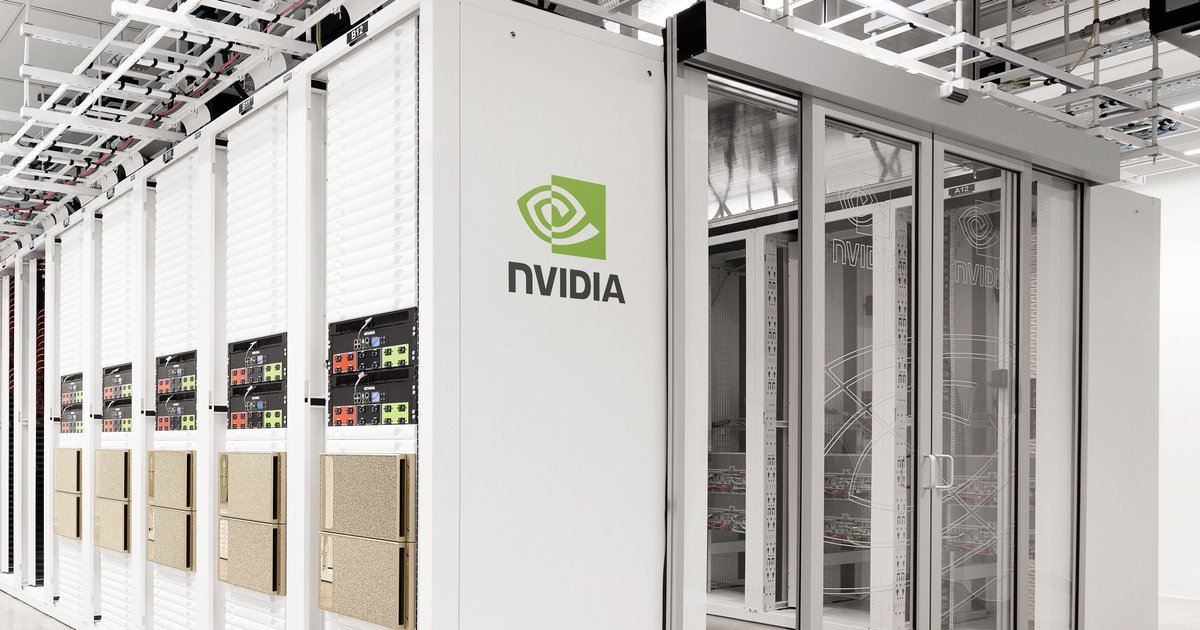
The company has also made significant updates to its CUDA-Q development platform, which enables quantum researchers to simulate quantum devices at previously unattainable scales.
The rise of mixed-precision computing and AI in supercomputing is evident in the latest Top500 list.
According to the data, a total of 249 exaflops of AI performance are now available to Top500 systems, supercharging innovations and discoveries across industries.
This shift reflects a global change in computing priorities, with AI and mixed-precision floating-point operations becoming increasingly important in scientific research and technological development.
Sustainability in supercomputing
As computational demands grow, so does the need for energy-efficient solutions.
Nvidia’s accelerated computing platform appears to excel in this area as well.
On the Green500 list, which ranks the world’s most energy-efficient supercomputers, systems with Nvidia accelerated computing occupy eight of the top 10 positions.
One standout example is the JEDI system at EuroHPC/FZJ, which achieves 72.7 gigaflops per watt, setting a new benchmark for performance and sustainability in supercomputing.
The emphasis on sustainability is not limited to energy efficiency.
Nvidia has also announced two new Nvidia NIM microservices for Nvidia Earth-2, a digital twin platform for simulating and visualising weather and climate conditions.
These microservices, CorrDiff NIM and FourCastNet NIM, can accelerate climate change modelling and simulation results by up to 500x.






